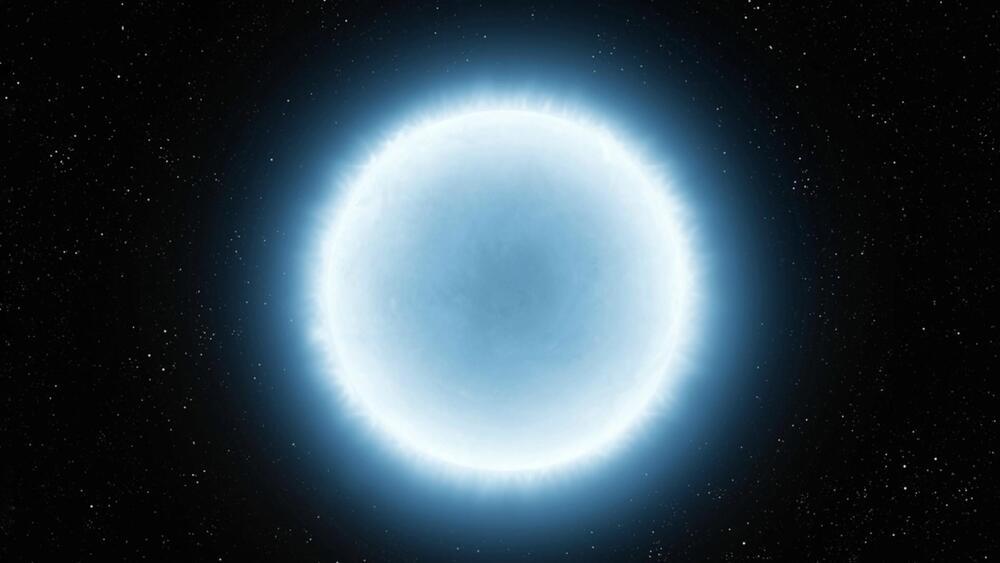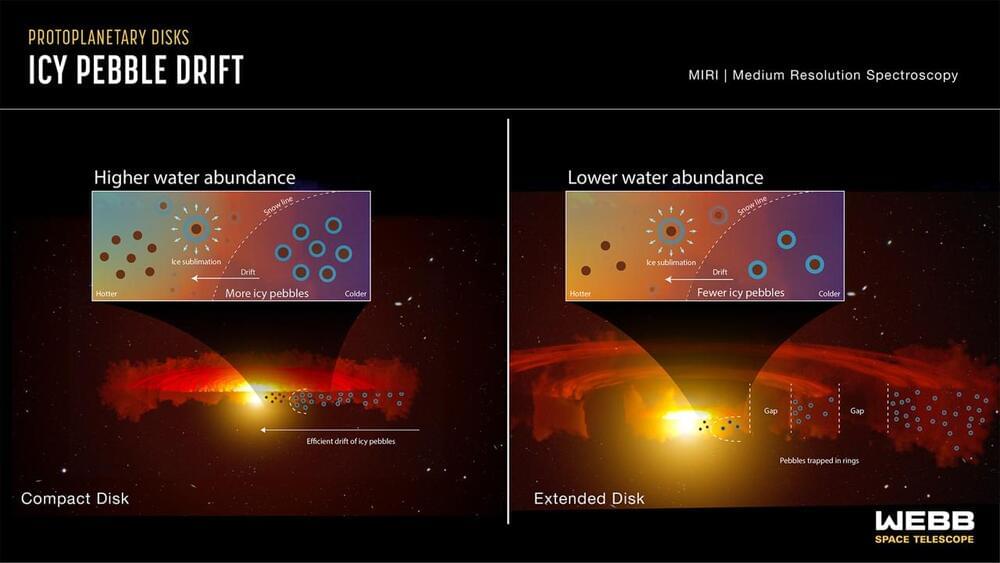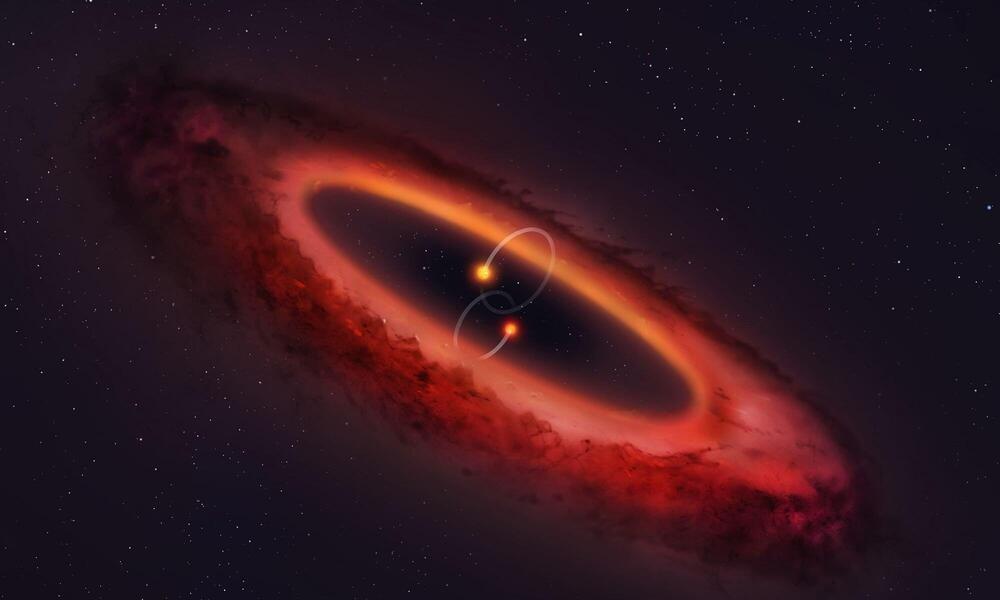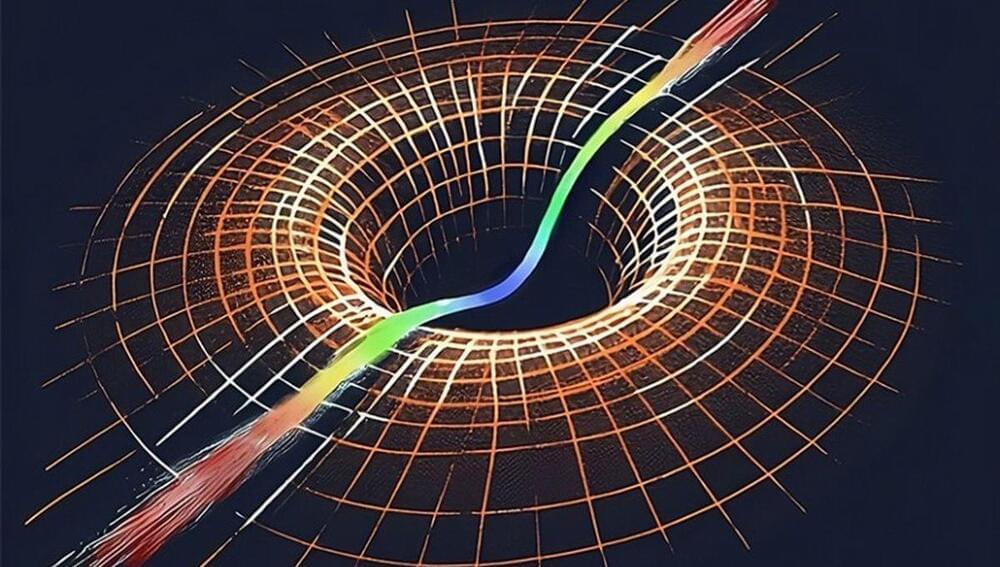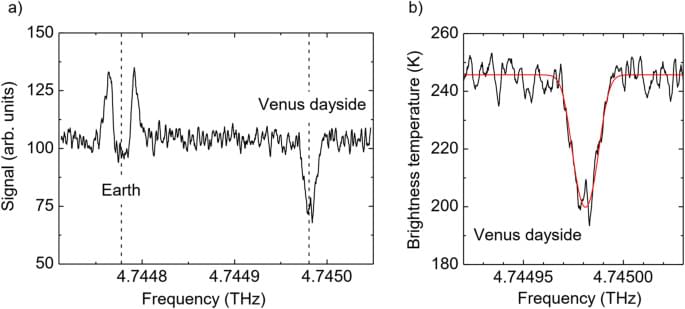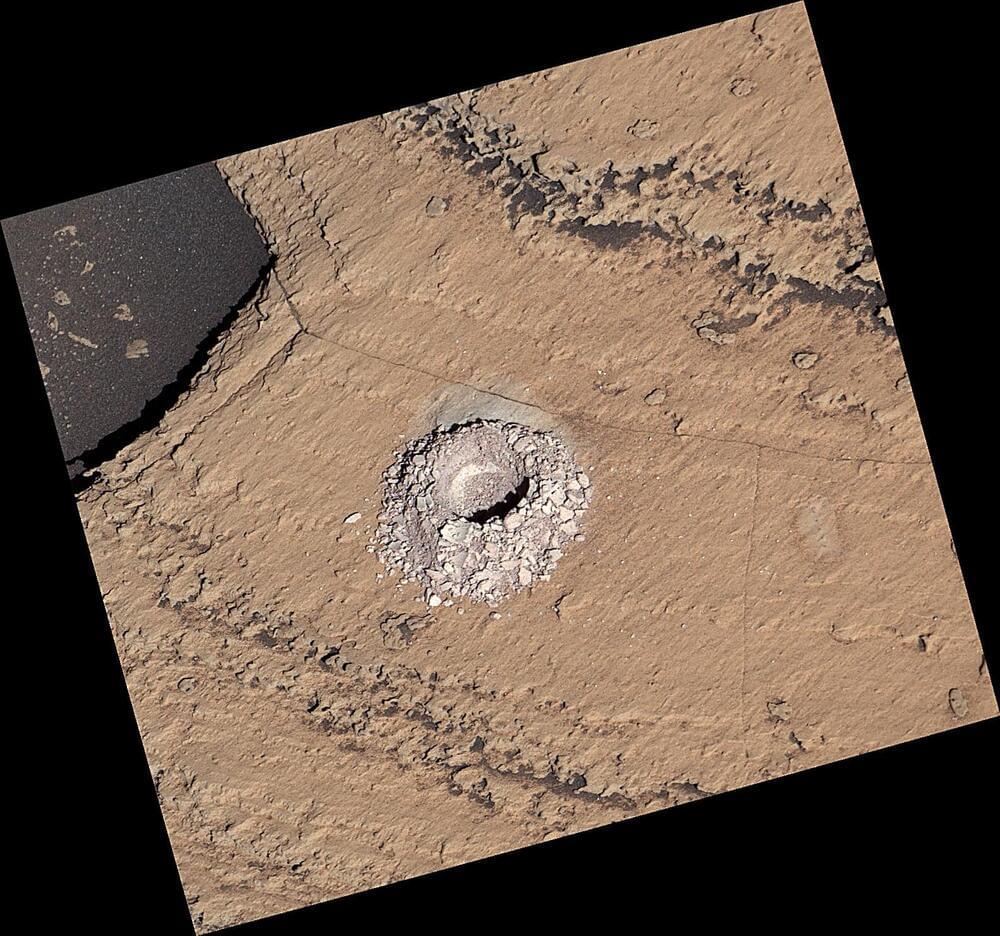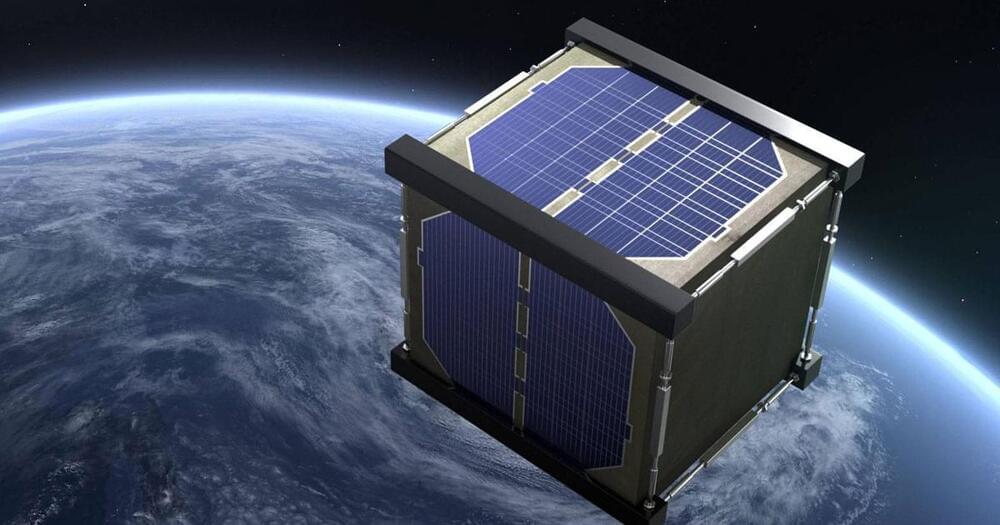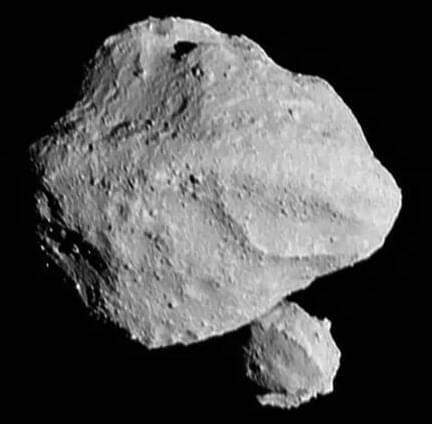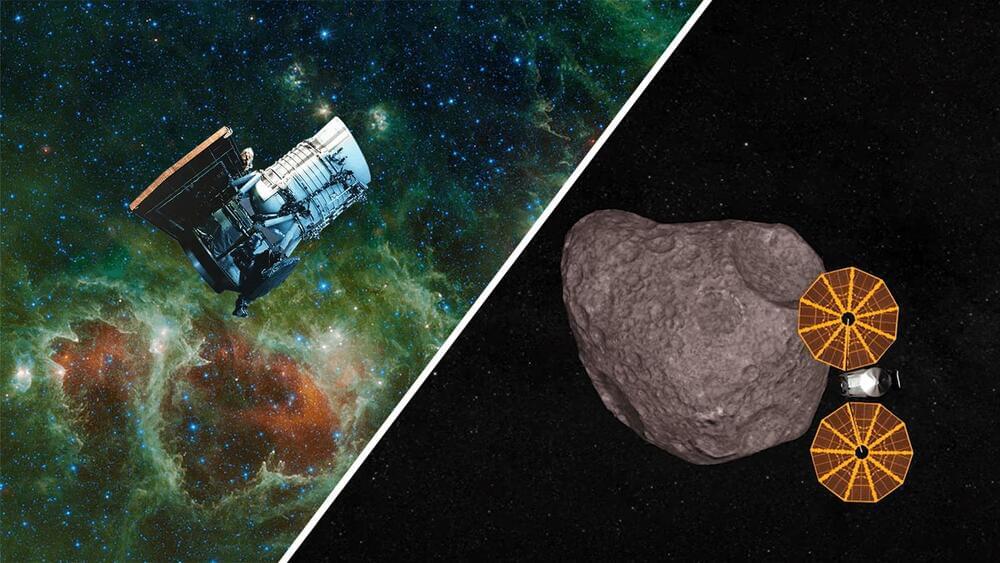
NASA’s Lucy mission will soon have its first asteroid encounter as the spacecraft travels through deep space en route to Jupiter’s orbit. But before the spacecraft passes 265 miles (425 kilometers) from the surface of the small asteroid Dinkinesh, researchers have used 13-year-old infrared data from NASA’s Wide-field Infrared Survey Explorer (WISE) to support the mission’s flyby. Their new study provides updated estimates of the asteroid’s size and albedo—a measurement of surface reflectivity—that could help scientists better understand the nature of some near-Earth objects.
Located between Mars and Jupiter, the main asteroid belt is home to most asteroids in our solar system, including Dinkinesh, which is following an orbit around the sun that places it near Lucy’s path. The Lucy mission is using the Dinkinesh encounter as an opportunity to test systems and procedures that are designed to keep the asteroid within the science instruments’ fields of view as the spacecraft flies past at 10,000 mph (4.5 kilometers per second). This will help the team prepare for the mission’s primary objective: investigating the Jupiter Trojan asteroids, a population of primitive small bodies orbiting in tandem with Jupiter.
In the new study, published in the Astrophysical Journal Letters, University of Arizona researchers used observations made by the WISE spacecraft, which serendipitously scanned Dinkinesh in 2010 during its prime mission. Managed by NASA’s Jet Propulsion Laboratory in Southern California, WISE launched on Dec. 14, 2009, to create an all-sky infrared map of the universe.
